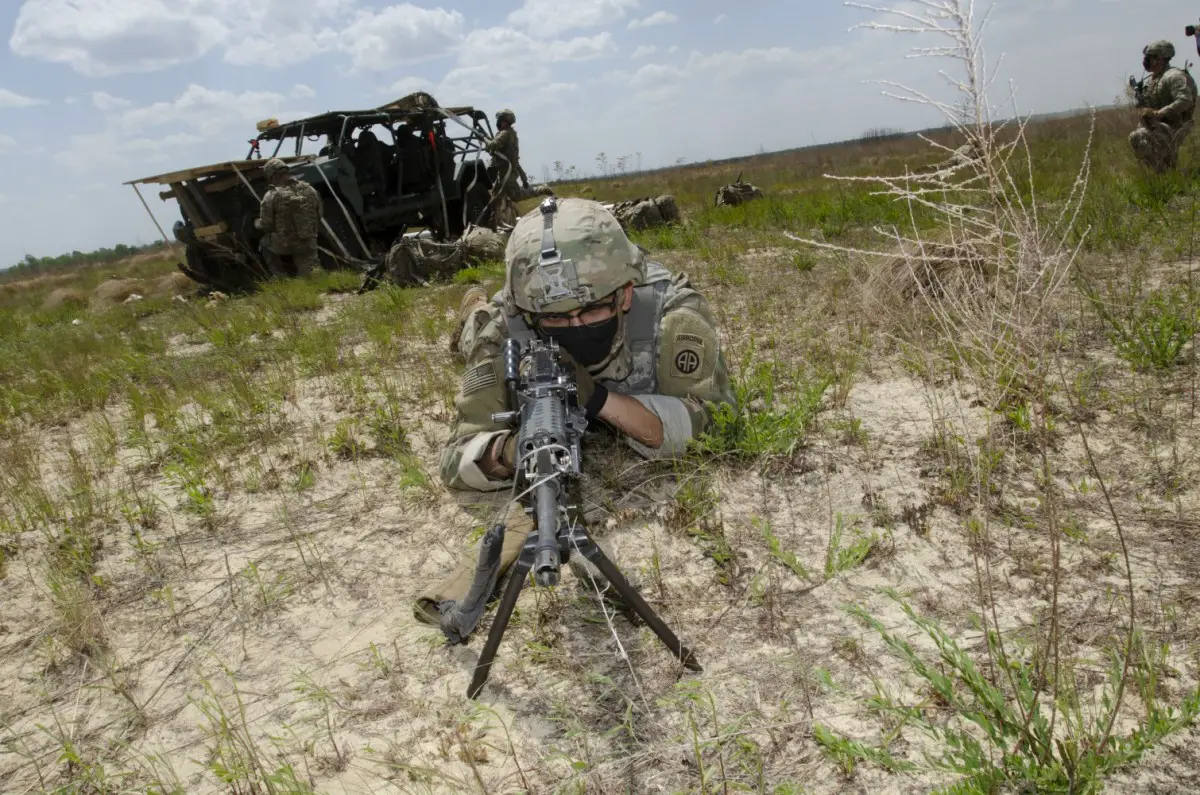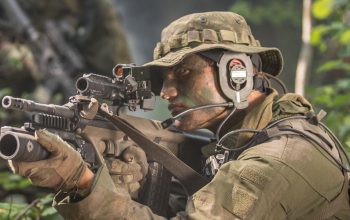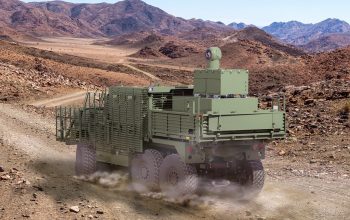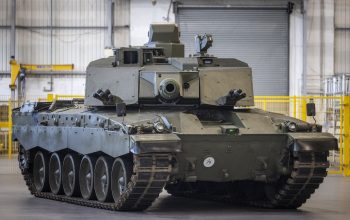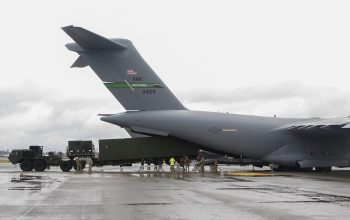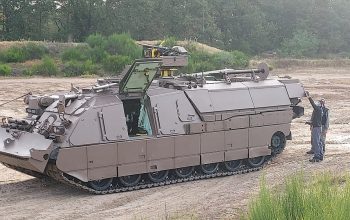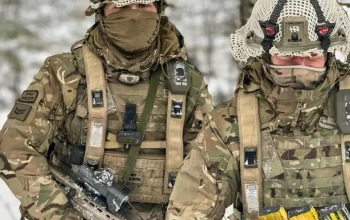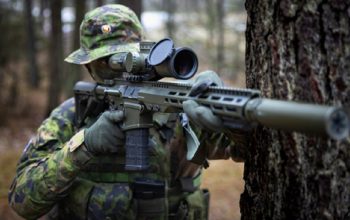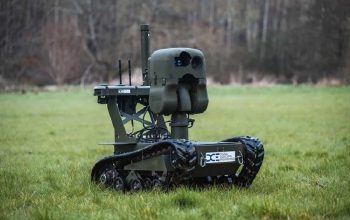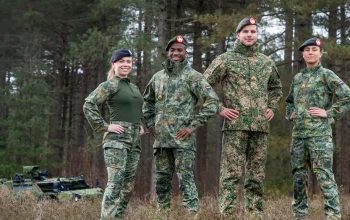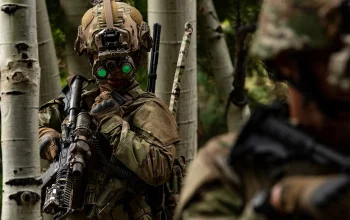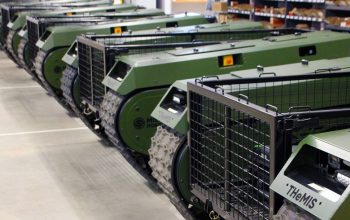Infantry Soldiers here are testing the new Infantry Squad Vehicle (ISV) to see if it allows rapid battlefield movement without having to wait on a ride or moving by foot. Soldiers from the 2nd Battalion 325th Airborne Infantry Regiment (2-325 IN), 2nd Brigade Combat Team, 82nd Airborne Division teamed up with the Airborne and Special Operations Test Directorate to conduct airdrop certification testing of the ISV. The ISV gives Parachute Riggers the opportunity to support the Light Infantry with fast easy rigging and delivery to the drop zone. The ISV provides mobility for a nine-Soldier Infantry squad and their equipment to move around the close battle area.
The ISV was delivered by standard low-velocity from U.S. Air Force C-130 and C-17 aircrafts, while also being successfully delivered by standard dual row airdrop system from the C-17. Following airdrop, Infantry Soldiers de-rigged the ISV and loaded their rucks on the roof, then drove off the platform over smooth and rough field terrain. The Infantry squad and a project noncommissioned officer from ABSOTD conducted rigging, airdrops, derigged the ISV, and conducted vehicle operations of the ISV on Holland and Sicily Drop Zones from late March through late June 2021.
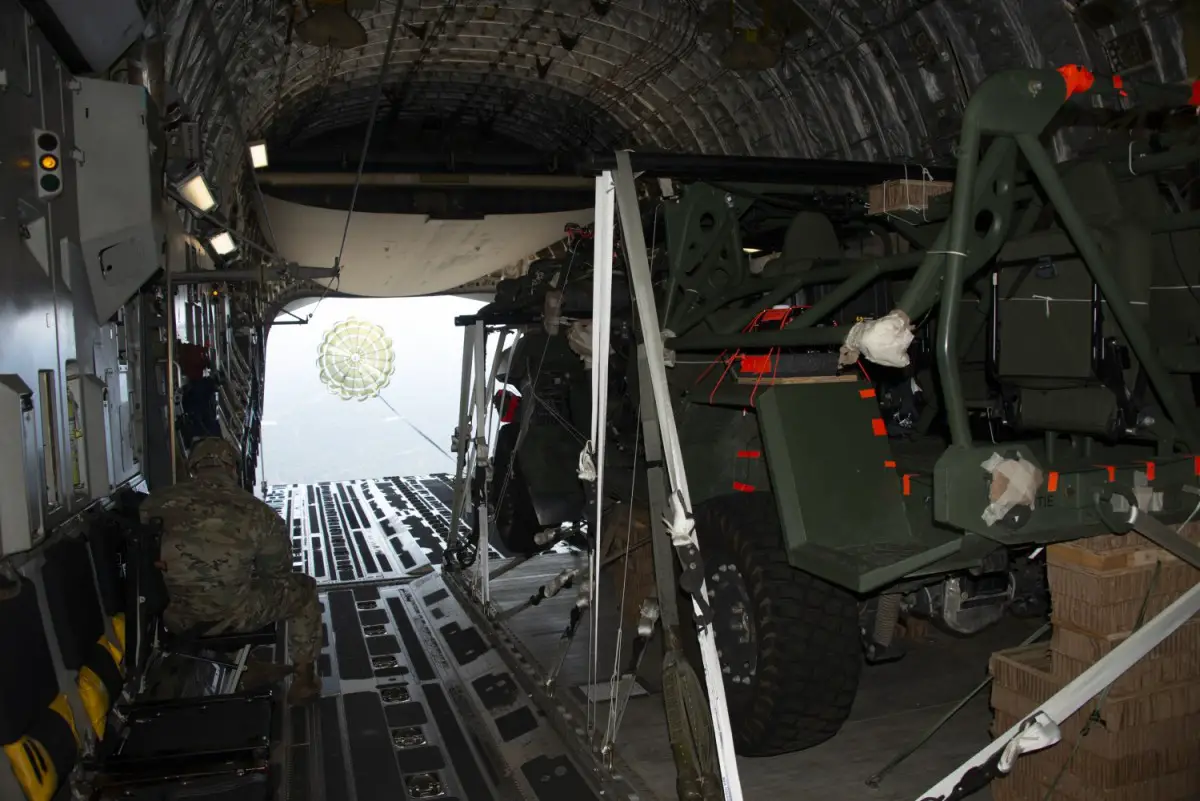
This capability is required across the range of military operations facing Infantry Brigade Combat Team units conducting crisis response, initial entry, and selected decisive action missions. This maneuver capability in multiple domains presents multiple dilemmas to an adversary, overloading his decision cycle and allowing the Joint Force to seize and retain their initiative. The ISV is being tested for operating over improved and unimproved terrain once being airdropped from an aircraft. Operational testing is an opportunity for test units to train hard while having the opportunity to offer their feedback to improve Army equipment.
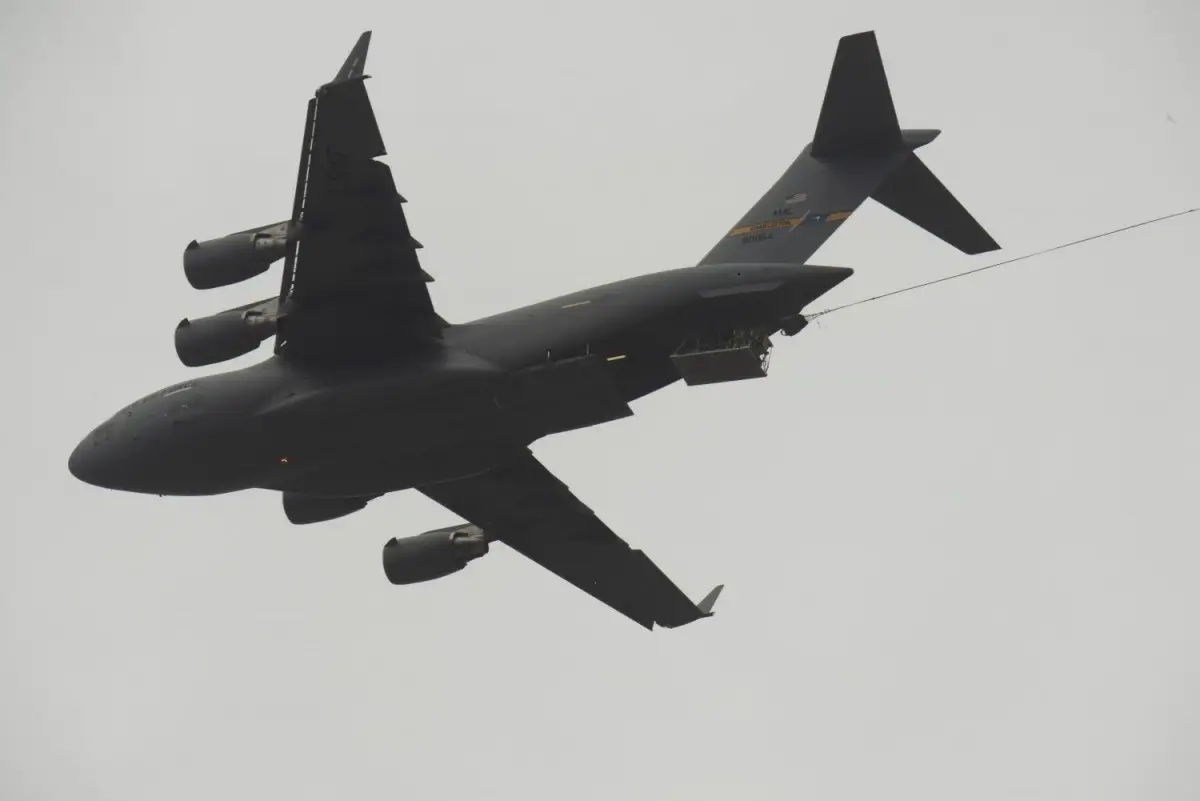
The ISV is based off the award-winning 2020 Chevrolet Colorado ZR2 midsize truck architecture and leverages 90 percent proven commercial-off-the-shelf parts, including Chevrolet Performance race components. The 5,000-pound ISV was uniquely engineered to fulfill military requirements and designed to provide rapid ground mobility. This expeditionary vehicle is light enough to be sling loaded from a UH-60 Blackhawk helicopter and compact enough to fit inside a CH-47 Chinook helicopter for air transportability. The ISV’s innovative Rollover Protection System (ROPS) will provide agile transportability on any battleground.
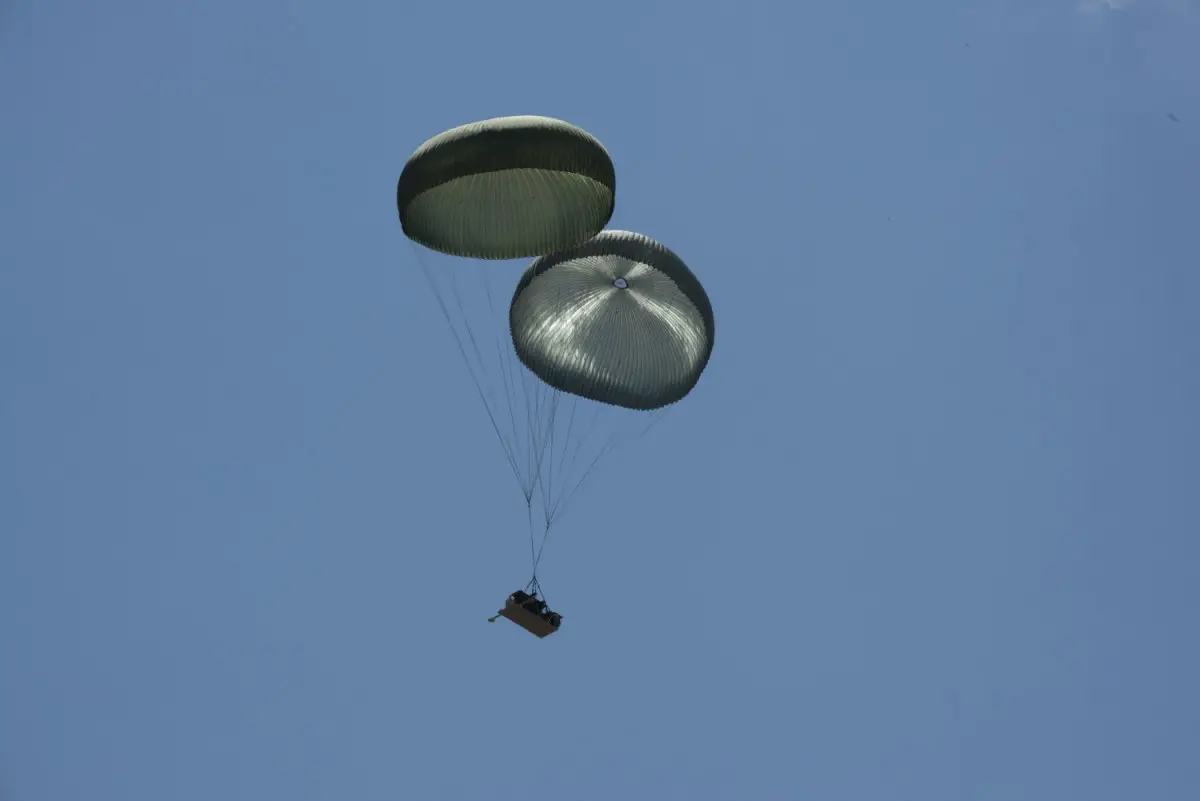
The GM Defense production facility is located near North Carolina-based Hendrick Motorsports, which brings its extensive experience developing race cars in high-load, high-risk environments, to support defense applications. Hendrick Motorsports is responsible for providing the chrome-moly steel exoskeleton of the vehicle frame, including the ISV ROPS system. GM Defense also has a teaming agreement with Ricardo Defense, which will lead the Integrated Product Support for the ISV, including technical manual development, new equipment training, provisioning, total package fielding and field service support.
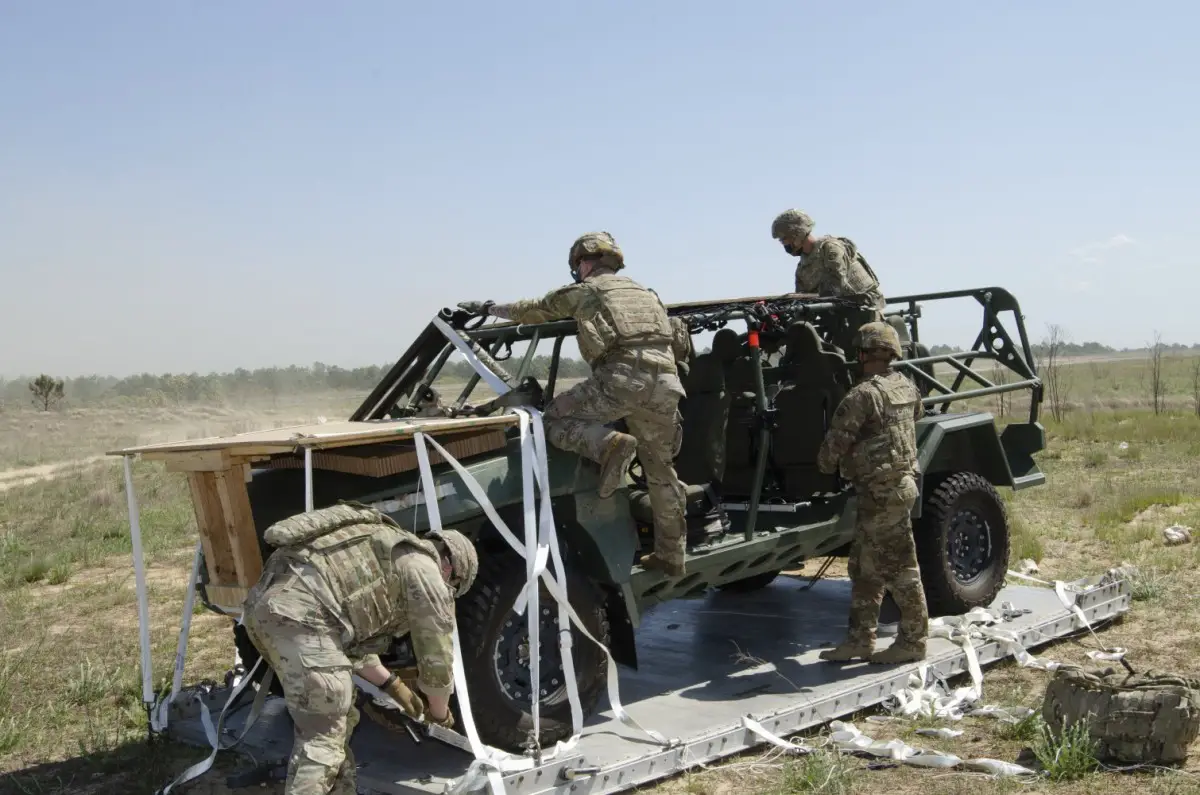
The GM Defense, a subsidiary of General Motors is driving the future of military mobility by leveraging the best-in-class capabilities of General Motors for unmatched innovation, proven performance and breakthrough life-cycle economics. The ISV will bring world class manufacturing efficiencies, ease of maintenance and a well-established global supply chain to the U.S. Army. The exceptional reliability of GM Defense’s technologies results from decades of proven performance and billions of dollars spent in independent research and development by its parent, General Motors, a world leader in global design, engineering and manufacturing capabilities.
